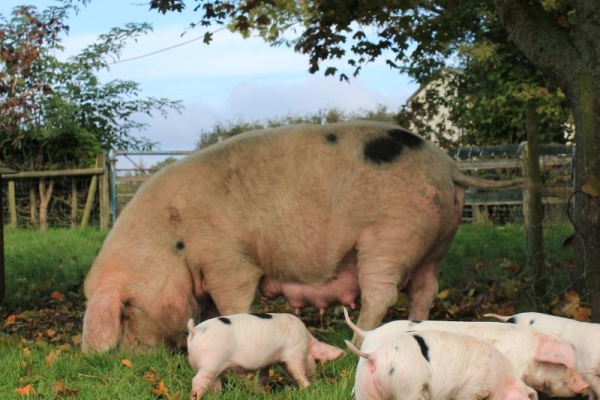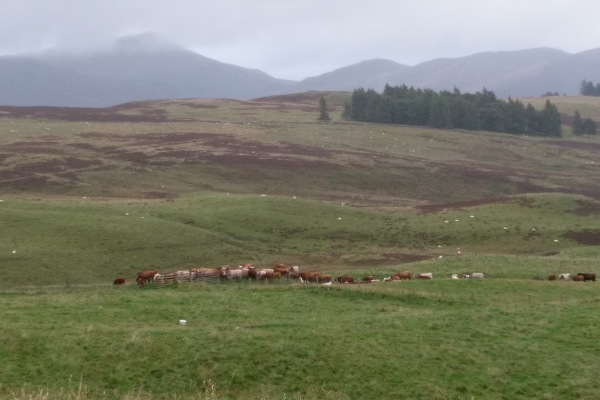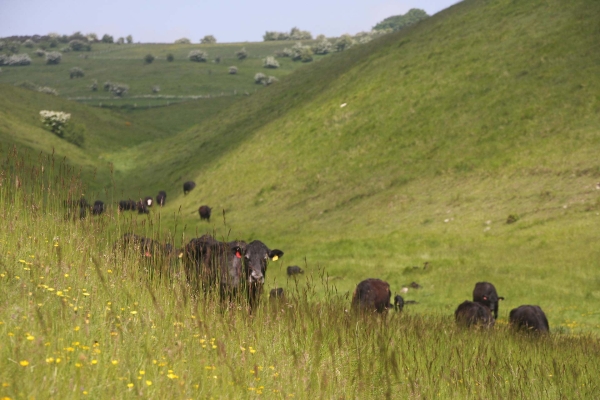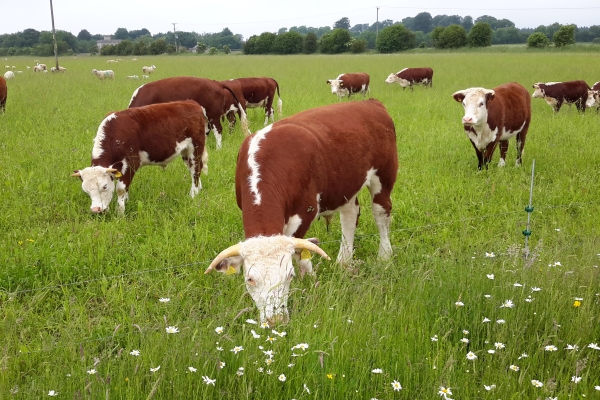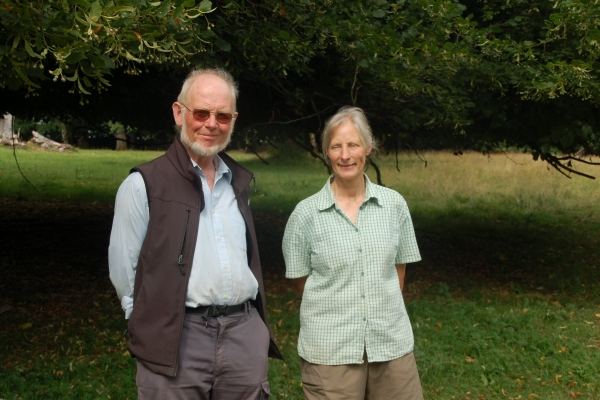Rare and Native Breeds
nformation to help you select the most appropriate breeds according to your farming system, farm business, and conservation goals.
Resource explained
The Rare Breeds Survival Trust (RBST) aims to secure the future, and promote the use of, rare and native breeds in livestock farming, particularly in relation to using them for meat, fibre and conservation grazing. You can access lots of information on their work, publications, and how you can become involved, via their website. ‘What we do’ and ‘Meet the breeds’ takes you to detailed information about the different animal types, (grouped into equine, cattle, sheep, goats, pigs, poultry, and a section on uses of rare breeds which includes information on conservation grazing), then groups information into the different breeds, and includes key characteristics, appearance, and ways in which breeds can be used.
Findings & recommendations
- Native and rare breeds are well suited to lower input farming systems.
- With regards to meat quality, breeds not suited to mass market make up for it in flavour, succulence, and eating quality.
- Niche markets for specialist cheeses are developing for milk from some cattle breeds, adding value to the product.
- Cross breeding can be a good way to make rare and native breeds more commercial in farming systems. However it is important that the pedigree registered population is not damaged; distinct breeds must be maintained to keep the genetic pools intact.
- Due to the typically hardy and thrifty nature of rare and native breeds, many are the best animals for conservation grazing purposes. The RBST runs the Grazing Animals Project (GAP) a partnership of farmers, land-managers and organisations committed to promoting the benefits of grazing with the natural environment and preservation of cultural heritage in mind. You can access information on GAP via the ‘Conservation Grazing’ link, and many useful publications, particularly the ‘Breed profiles handbook’; a guide to implementing grazing on sites in the British Isles being managed for wildlife, helping with identifying and selecting the most appropriate animals.


